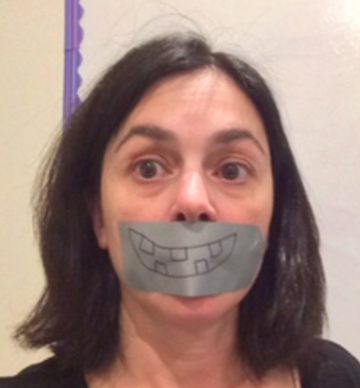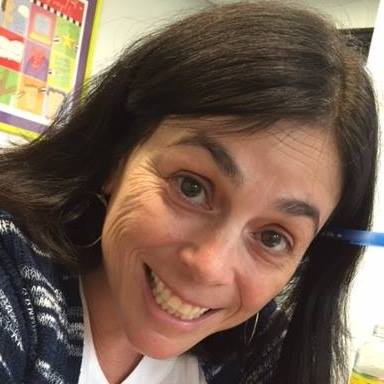AAC groups: A wonderful way to build social competencies
12/1/2016 3:13 AM
In our AAC Speech-Language Pathology practice, we know, and we see, on a daily basis, that when individuals who have CCN are supported, they communicate and they participate. When they are not supported, they may or may not communicate and participate. We see this across ages, across abilities and disabilities, and across all levels of communicators.
We also know, and we must remember, that while more research is needed in the field of AAC, there is a large and rich body of research that we need to be familiar with and use to help guide our daily practices and interventions. I have included some gold standards and favorites of mine below that I think about each and every day.
Janice Light has written that we communicate for 4 main reasons: to express wants and needs, to gain and share information, to build and sustain relationships, and to engage in social etiquette.
Think about this and how it relates to individuals we interact with who have complex communication needs (CCN). How many people do we know with CCN who communicate for all of these purposes?
One of the principles in the Participation Model, initially presented by David Beukelman and Pat Mirenda in 1998, states that ‘the purpose of an AAC intervention is to facilitate meaningful communication and participation in daily life activities’. How often are we focusing on meaningful communication and participation, and how are we supporting individuals to communicate and actively participate throughout their days?
In Social Networks (Attainment Company, 2012), Sarah Blackstone and Mary Hunt Berg quote Janice Light from 1989 and state the following: People who rely on AAC devices and techniques play a passive role, rarely initiate interactions, express a limited number of speech acts, use restricted linguistic forms, and have limited opportunities to interact with others. Speaking partners dominate interactions, ask predominately yes/no questions, take a majority of conversational turns, provide few opportunities for people who use AAC to respond, often interrupt, focus on the individual’s technology or techniques rather than the response and the message, and do not always confirm the content of messages communicated.
How often do we acknowledge and realize these realities, and how many of us are ‘guilty’ of dominating interactions? I know I am. In the first picture below, a client of ours, Carson, came to therapy one day a while back with that piece of duct tape and readily directed his mom to place it over my mouth!
Several years ago, our practice started doing language groups for individuals who have CCN and use AAC technologies to communicate. We started social groups to help individuals increase their communication and participation skills and to target social competencies. While we had initial ideas and notions of what these groups would look like, we never could have anticipated how much they are needed, how important they are, how much participants look forward to their weekly ‘talker groups’, how real they are, how much fun they have, and how much fun we have!
Participants are grouped by age and must have their own AAC technology. Criteria for participation include being able to sit, attend, wait, participate, and not be disruptive.
While the focus and structure of groups differ based on the make up and ages of participants, across groups, individuals are encouraged and supported to use vocabulary in their AAC systems to communicate and participate with one another.
Skills targeted during groups are individualized and may include expressing preferences and opinions, taking turns, learning from one another, helping one another, and forming friendships. Vocabulary targeted may include vocabulary to direct, request, express preferences, share information, comment, ask and answer questions, and protest. Participants use prestored phrases and questions in their AAC systems, as well as generative vocabulary.
Across all age groups and all levels of communicators, we see increased social competencies in participants. Examples of social competencies participants are learning include looking to one another when communicating, greeting one another, using one another’s names, asking and answering questions, and negotiating friendships and relationships. Individuals are learning to participate in nonpreferred activities, to express preferences and dislikes, to remain engaged while waiting their turn, and to communicate with one another.
Groups have also had numerous positive outcomes for families. Parents are forming true friendships with one another and becoming resources for one another. Siblings play with other siblings while waiting. Many get together outside of group.
Below are some examples of fun being had. More photos are available on our Facebook page, Jill Tullman & Associates.




This post is part of the collection





